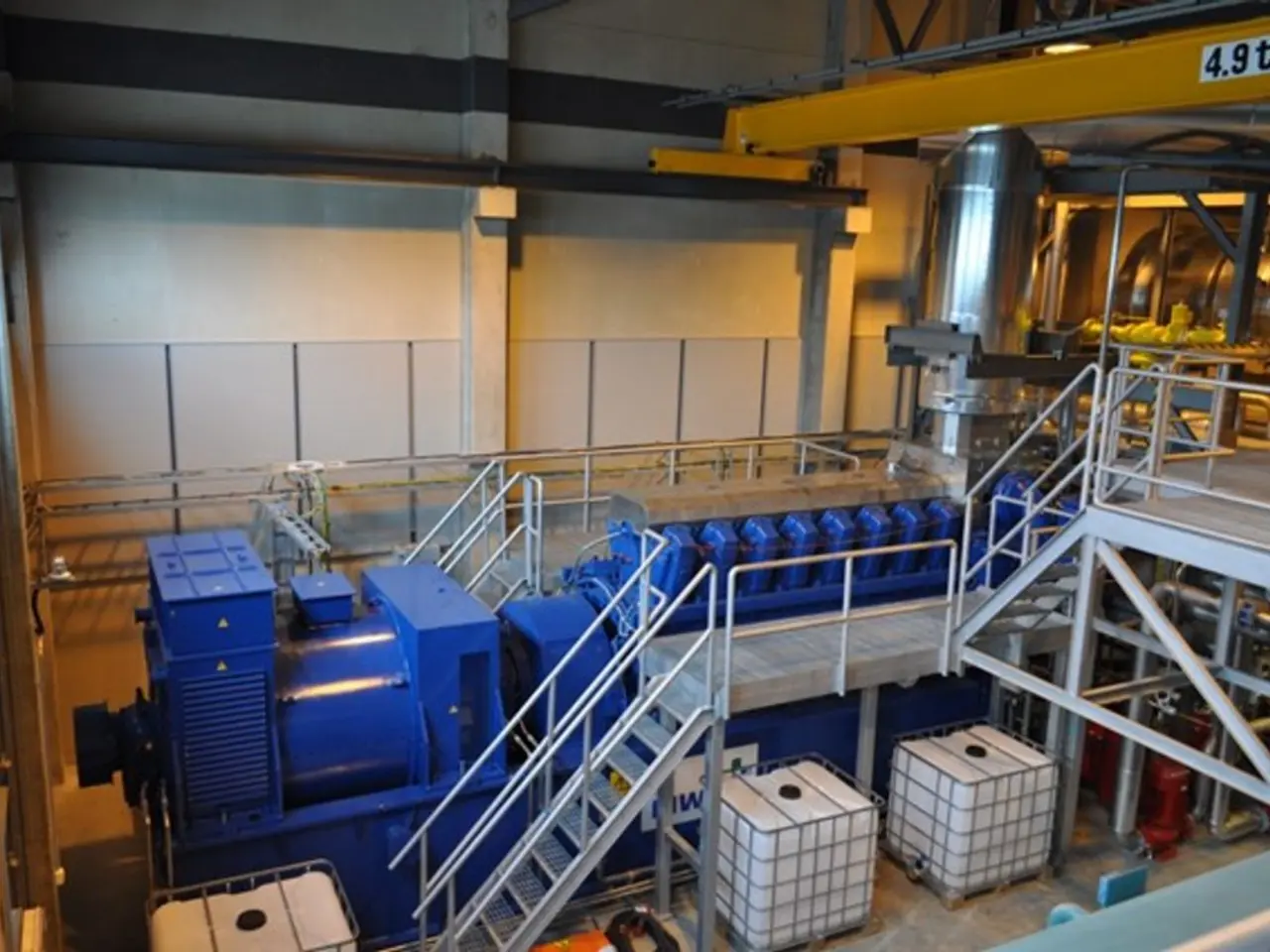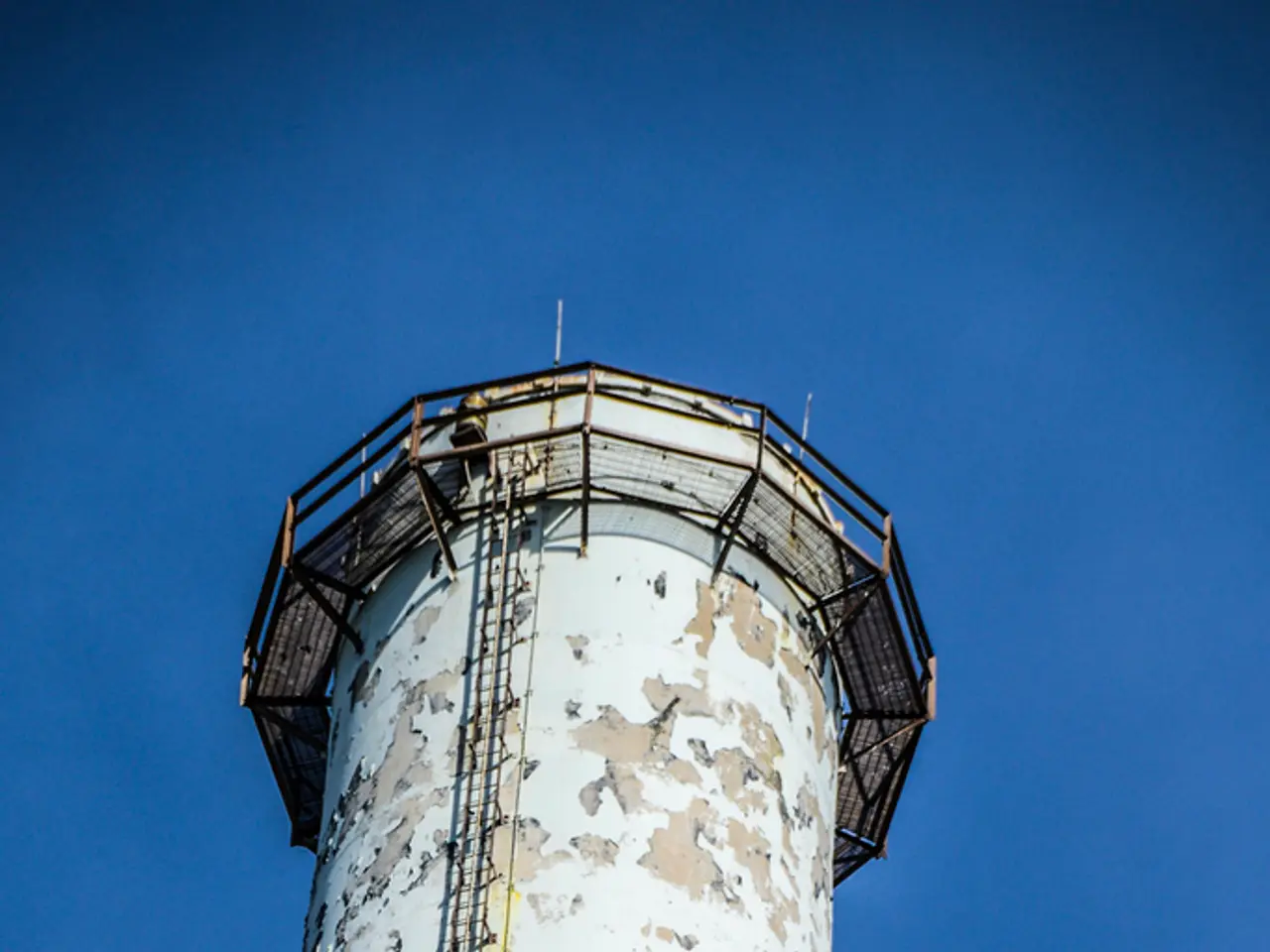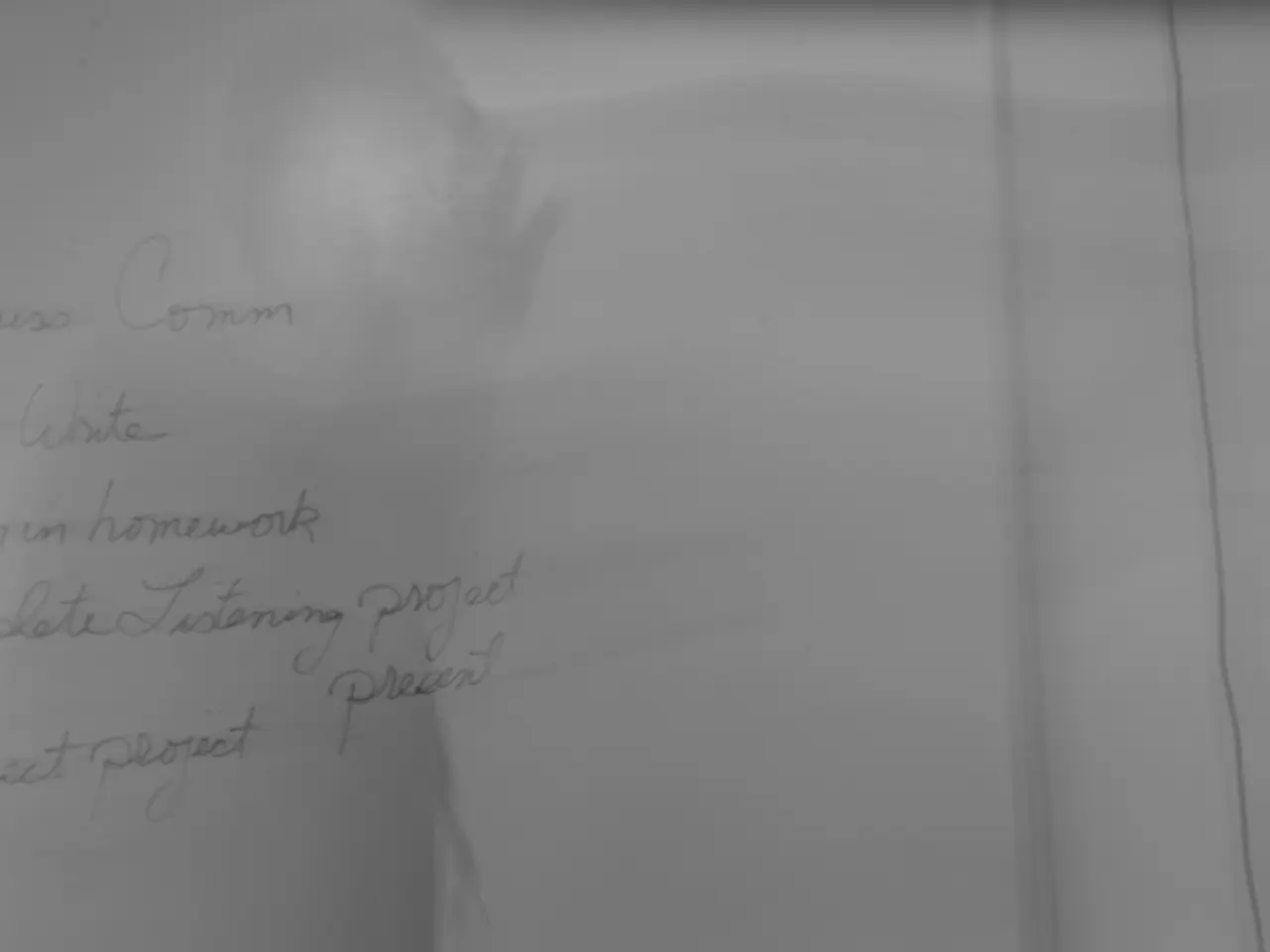Hochul's Nuclear Plan Encountering Challenges and Delays
In a bold move, New York Governor Kathy Hochul has set her sights on reviving the state's nuclear power sector, announcing plans to build the first new nuclear power station in nearly four decades. This ambitious project, if successful, would add one gigawatt of atomic energy to New York's grid by 2040, enough to power one million homes.
The New York Power Authority (NYPA) has been tasked with studying where and how to build the proposed nuclear power station. NYPA will need to decide on the type of reactor technology to pursue, with small modular reactors (SMRs) being a promising but still developing technology. Other designs may entail longer timelines and permit challenges.
The challenges in building a new nuclear power plant in New York are significant. Deciding on the reactor technology and site selection, high costs due to the complexity and long hiatus in new nuclear construction, and overcoming transmission infrastructure issues that exacerbate regional divides are key concerns.
NYPA's collaboration with state agencies will be crucial in integrating nuclear into a balanced energy mix that accounts for reliability, affordability, and emission goals, while remaining adaptable to federal policy shifts and energy demand growth. The establishment of New York’s $1 billion Sustainable Future Program underscores the state's commitment towards climate and clean energy investments that can support advanced nuclear projects alongside other renewables and grid upgrades.
The proposed nuclear power station is expected to take up a "shopping-mall sized section of land". This shift favored cheaper, quicker-to-build sources such as gas plants and solar farms, making it virtually impossible for costly, long-term projects like nuclear plants and hydroelectric dams to compete.
However, nuclear power is now on the cusp of a major comeback as policymakers scramble to meet surging electricity demand. Historically, utilities controlled the entire electricity supply chain, but in the 1990s, states like New York liberalized their markets, breaking up monopolies and allowing independent power producers to compete. This trend may work in favor of the nuclear revival, as private partners could potentially co-finance the project, bringing in much-needed investment.
Carl Perez, the chief executive of the nuclear services company Exodys Energy, sees the governor's speech as a sign of the state's bullishness on atomic energy. However, not everyone is on board. State Senator Liz Krueger has expressed skepticism about the safety and necessity of nuclear power, questioning the disposal of radioactive material and the existence of alternatives like battery storage and geothermal storage.
The proposal to use NYPA highlights the challenges of building energy megaprojects that take a decade or more to complete. Other transmission lines to carry power southward from upstate have struggled to get final approvals. The state of New York has a $300 million venture fund aimed at recycling nuclear waste into new fuel, which could help alleviate some of these concerns.
The US nuclear industry has focused on developing SMRs in recent years. Only one SMR exists globally, and China is building another, but both nations are mostly opting for larger, traditional designs. The success of the proposed nuclear power station in New York will depend on NYPA's ability to navigate these challenges and seize the opportunities that come with technological innovation, cost control, regulatory navigation, and grid modernization.
[1] New York Times
[2] Bloomberg
[3] Reuters
[4] The Hill
[5] Energy News Network
- In a move to revive the nuclear power sector, New York Governor Kathy Hochul announced plans to build a new nuclear power station, with the New York Power Authority (NYPA) assigned to study the location and technology for the project.
- The proposed nuclear power station, if successful, would add one gigawatt of atomic energy to New York's grid by 2040, enough to power one million homes.
- The challenges in building a new nuclear power plant in New York are significant, including decisions on reactor technology, site selection, high costs, and overcoming transmission infrastructure issues.
- NYPA's collaboration with state agencies will help integrate nuclear power into a balanced energy mix, balancing reliability, affordability, emission goals, and adaptability to federal policy shifts and energy demand growth.
- The proposed nuclear power station will take up a "shopping-mall sized section of land" and may compete with cheaper, quicker sources like gas plants and solar farms.
- Nuclear power is experiencing a comeback as policymakers scramble to meet surging electricity demand, with private partners potentially co-financing nuclear projects.
- State Senator Liz Krueger has expressed skepticism about the safety and necessity of nuclear power, questioning the disposal of radioactive material and the existence of alternatives like battery storage and geothermal storage.




